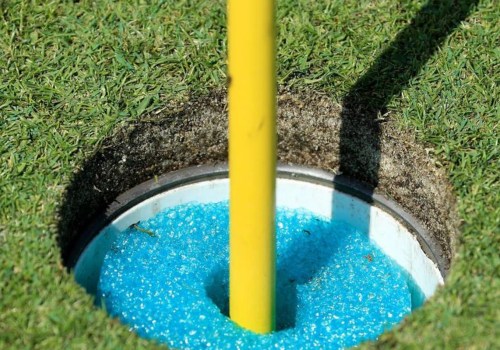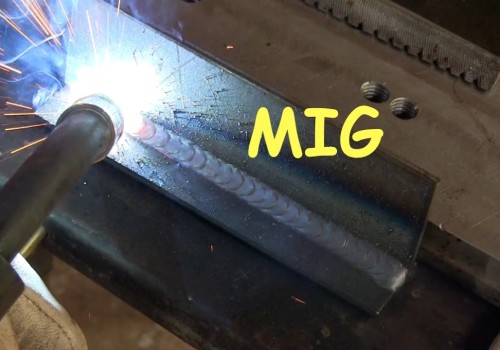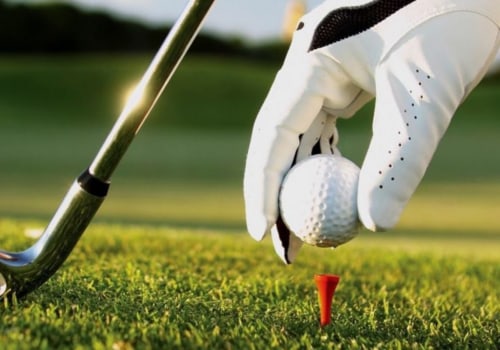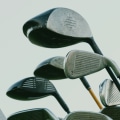As a general rule, you should only buy premium golf balls if you're a golfer with a low handicap. Beginners and high handicaps lose a lot of balls, and that's the reason. We'll show you the best golf balls that fit your game. All golf ball recommendations are approved by our PGA professionals.
From the tee to the putting green, the Wilson Staff Triad beats the TaylorMade Tour Response as our current pick for the best golf ball. It's packed with aerodynamic technology to cover long distances at high speed, with a smooth core and lower spin to ensure optimal shooting accuracy, and its true beauty is that it's aimed at average golfers and not just the cream of the crop. Beginner golfers should look for a two-piece golf ball that has a soft construction. The two-piece design provides a straighter flight with fewer effects, while the soft ball construction increases tolerance even in off-center hits.
In addition, a soft two-piece golf ball gives beginning golfers control over the green during the pitch. Spinning balls are great, but you don't have the swing of a touring player. Srixon believes this soft-touch model is better for you. It is the company's softest compression model with a urethane cover, also enhanced by a softer layer of mantle.
These balls use the same idea found in the core of the Z-Star Tour level balls, a core that becomes increasingly rigid towards the outer edge to produce energy and fewer effects on longer sticks. The cover is also based on the special coating of the spinning ball, which improves friction on shorter shots for maximum effect. Senior golfers or medium-high handicap players with a slow to medium speed golf swing won't find a better ball that fits their game and, given that it's such a good price, it's definitely a candidate for the best value golf ball on the market. It is placed on the ball cap and uses a movable cross link, which means that the shape of the ball recovers better than traditional balls.
The heaviest part of the golf ball is the core, but Wilson has lightened the load slightly and spread the weight outward, providing significant MOI (moment of inertia) gains, similar to the way designers make drivers more forgiving. If you're someone who has a slow swing speed (less than 85 MPH), you'll want to buy a low compression golf ball. The ball is also designed to offer forgiveness and tight dispersions, something that players with a high handicap will appreciate. This is because the vast majority of ball tests take place within 100 yards and around the green on a golf course.
It's also very durable and you'll lose this ball in the forest or in the water before you have to change it for damage. It also means that this golf ball can withstand more damage, is impact-resistant and, most importantly, better absorbs vibrations. This control and feel will help you improve your recoil effects and will ultimately influence where your ball lands on the green. In addition, the S2TG technology on the cover has created a very thin skin, which, according to some critics, creates almost as much of a recoil effect on iron shots on the greens as on the best spinning balls.
To obtain warranty service in the United States for a complete Callaway Golf product, return it to an authorized Callaway Golf retailer or directly to Callaway Golf. You can get high compression golf balls with a soft cover and you can get low compression balls with a firm cover. On shorter shots, it provides additional friction for more turns (almost 600 revolutions per minute), making it a ball for those looking for greater braking power with short iron. As you start to improve (medium handicap) and want a ball that spins a little more, you'll want to move on to a higher-end ball.
On the other hand, more experienced golfers tend to have higher swing speeds and will do better with high compression balls. .






